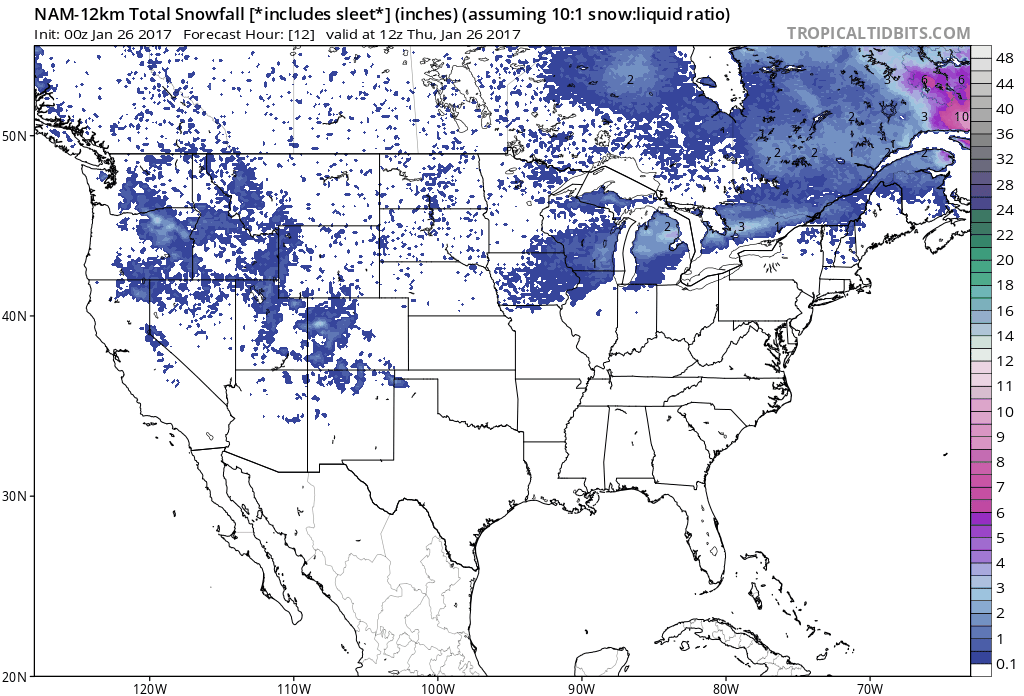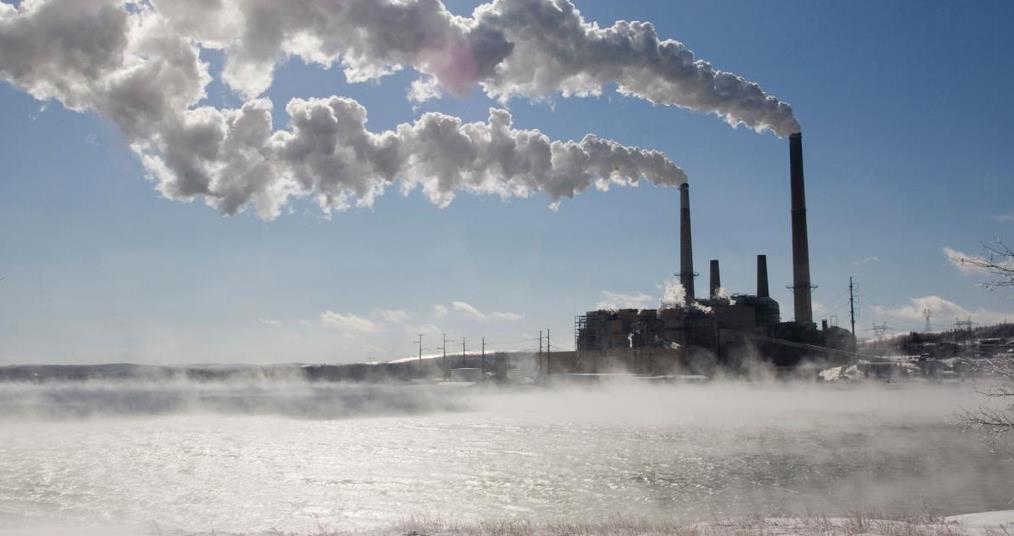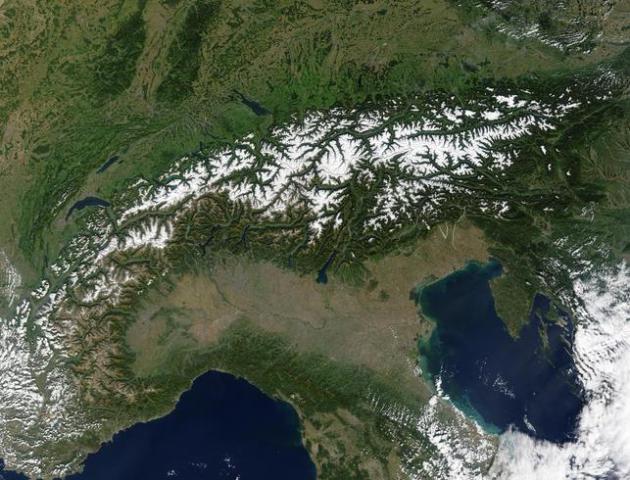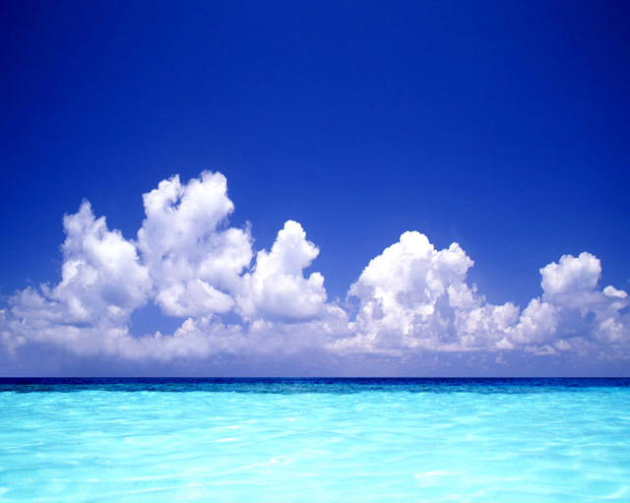2.2" snow fell Tuesday at MSP International Airport, 1" on the ground.
32 F. high temperature yesterday in the cities.
24 F. average high on January 25.
30 F. high on January 25, 2016.
-31 F. Record low for the Twin Cities (set on January 25, 1904).
January 26, 1916: A severe ice storm hits Mower County. Hundreds of birds were killed.
Winter Lite - No Heavy Snow or Bitter Air Brewing
Last weekend's tornado swarm was the second deadliest January outbreak on record. 10 of the 20 people killed lived in Georgia mobile home parks, where laws mandating storm shelters are lax or even non-existent. How can that be? It seems like selling a car with no brakes.
The
reality is complex; the bottom line is... the bottom line. Underground
shelters are expensive and developers can't just pass along those costs
to residents. Considering a 90-100 mph wind can cause manufactured homes
to become airborne, I'd look for a community that comes with a shelter.
It's
challenging calculus: how much would you spend for a (concrete)
tornado-proof house, or a vehicle that could survive any accident?
There's a practical financial limit most of us can't exceed.
This pattern is remarkably quiet for late January - no big storms or arctic slaps are shaping up into Super Bowl Sunday.
Expect a run of 20s and 30s...above zero! The second week of February
Minnesota may flirt with arctic air, but a Pacific flow dominates.
January 2017 will be Minnesota's 17th warmer-than-average month in a row.
Photo credit above: CNN, Branden Camp, Associated Press.
Snowfall Totals. So close, and yet so far. As much as 11" of snow fell at Stewartville, in southeastern Minnesota, but the metro area picked up closer to 1-2", with some impressive (whopping?) 3" amounts for the southern suburbs. Impressive.....for Nashville.
Map: Twin Cities National Weather Service.

Old Man Winter Catches His Breath. After tornadoes battering the south and a series of extreme storms for the west coast, and a Nor'easter that caused coastal flooding as it ground up the east coast, it's nice to see a spell of relatively quiet weather into early next week. The west dries out, no big storms of any flavor for the south - just lake effect snows downwind of the Great Lakes. Enjoy the siesta - odds are it won't last long. 84-hour 12 KM NAM snowfall prediction: NOAA and Tropicaltidbits.com.
File photo: "In an Oct. 22, 2015 photo, David A. Roden, owner of Mountain View Estates, speaks about a tornado shelter that he built for his mobile home park residents in Rossville, Ga. Experts have long warned that people in mobile homes face a greater risk of death from tornadoes, yet laws requiring storm shelters in trailer parks or public spaces such as schools are few and far between. Roden believes he is the first park owner in the southeast to offer residents a storm shelter." (Dan Henry/Chattanooga Times Free Press via AP) /Chattanooga Times Free Press via AP) The Associated Press.
- 2nd Deadliest January tornado outbreak in U.S. History
- Deadliest tornado outbreak in South Georgia
- Third deadliest tornado outbreak in Georgia history
Hail and High Water. Daily Devotional from Peter Kennedy had a recent post that made me do a double-take. Here's an excerpt: "On
April 12, 2016, San Antonio, Texas was barraged with a hailstorm.
Stones up to 4.5 inches in diameter, or the size of grapefruits rained
on the city. More than 110,000 vehicles were damaged, and thousands of
homes suffered roof damage. Police said the hailstorm led to windshield
damage for several of their cruisers. The loss was projected at $1.4
billion in estimated insured losses, making it the costliest hailstorm
in the Texas’ history. Insured losses to automobiles from the April 12
storm reached $560 million, while damage to homes approached $800
million. More than 110,000 vehicles were damaged, and thousands of homes
suffered roof damage. If that wasn’t bad enough, San Antonio was struck
again with hailstorms on April 17 and 25.
Total losses from commercial businesses, including schools, retailers
and office buildings from the three storms exceeded $2 billion..."
File Photo credit: Jerry Lara, Staff - San Antonio Express-News. "A
car and residence show damage from a severe hailstorm in the Northeast
Crossing neighborhood in the city’s northeast side, Wednesday, April 13,
2016. A severe hailstorm affected the area Tuesday night damaging
houses throughout the city's northeast and northwest sides. National
Weather Service meteorologist Jason Runyen said the largest recorded
size of hail came when the storms were near Helotes. The hail measured
3.5 inches in diameter. "That's basically the size of a tea cup and
grapefruit just south of Helotes," Runyen said."
While it would certainly be unusual to have another El Niño so quickly on the backs of a previous one, the last El Niño didn't dissipate as much heat from the equatorial Pacific as the past two major ones (e.g., 1982 and 1997)...I would be pretty surprised if we got a full blown East Pacific El Niño event again in 2017, but I think that another Central Pacific (aka Modoki) event is possible..."Graphic credit: "Oceanic Nino Index. Courtesy of Jan Null's website with data from NOAA."
The Power of Water. NOAA explains how major winter storms can create winds and battering waves resulting in damaging storm surge conditions for coastal communities: "Longtime residents who live in US coastal communities know the danger of storm surge damage all too well. Sure, it’s the tropical storms and hurricanes that get named and categorized. However, if you ask those same coastal residents, ones who’ve experienced dozens of ocean storms, what their memories are of the most destructive storm surge events, you likely won’t hear them rattle off any hurricane names. It’s the large winter ocean storms that send a flood of bad memories. Take January 2016 as an example. As a large and powerful blizzard blanketed much of the east coast with several feet of snow, the storm was churning up the ocean waters with tremendous ferocity, pushing massive amounts of water and waves toward the coast of New Jersey. At Cape May, NJ, it wasn’t the snowfall amounts that worried them. Water levels swelled to 6.61 feet, setting an all-time record for water level height and resulting in major coastal flooding. More record flood levels fell farther down the east coast as residents were left in awe at the amount of flooding that a winter storm caused..."
Study Focuses on Contaminants Lurking in Urban Tidal Flooding. With rising sea level inland tidal flooding is becoming more common and severe. No storm necessary, a full moon will do the trick now in places like south Florida. Here's an excerpt from NOAA's Atlantic Oceanographic and Meteorological Laboratory: "Tidal flooding from events such as the so-called “King Tides” and “Super Tides” are flooding urban coastal communities with increasing frequency as sea levels rise. These tidal flood waters can acquire a wide range of contaminants and toxins as a result of soaking in the built environment of urbanized coastlines. A multi- institutional, interdisciplinary research team, including scientists from AOML, is examining the types of contamination picked up from the urbanized coastal landscape and transported into coastal waters through tidal flooding. For the past 3 years, a team of microbiologists at AOML has been investigating the types of bacterial contaminants, including fecal-indicating bacteria and disease-causing pathogens, carried back to the marine environment from tidal flood waters, causing potential exposure to both human populations and marine habitats such as coral reefs, beaches, and estuaries..."
Photo credit: "Saltwater tidal flooding along Las Olas Boulevard in Fort Lauderdale at Las Olas Isles durinng the King Tides of October 17-18, 2016." Image credit: NOAA.
Photo credit: "Which do you back?" (Reuters/Brian Snyder)
The True Story of the Umbrella Gun, A Surprisingly Serious Weapon. Atlas Obscura
has the curious details: "...Umbrella guns are by no means the only
type of disguised weapon. “Man has attempted to disguise firearms into
just about everything you can possibly imagine,” says David H. Fink, a
collector in Georgia who has written
about disguised guns for the American Society of Arms Collectors. Guns
have been hidden in pillboxes, a scribe’s casing, a flute, a pencil, a
Pepsi can. There have been
pocket-watch guns, ring guns, bike-pump guns, and lipstick guns. But
perhaps no other type of disguised gun has caught the imagination of
spies, writers, and conspiracy theorists as the umbrella gun. As a
weapon, it is both a little bit ridiculous and deviously clever, and
since its use in Markov’s assassination, it had taken its place in the
villainous weapon hall of fame..."
Photo credit: "A replica of the “Bulgarian umbrella” used to kill Markov." The International Spy Museum
TODAY: Mostly cloudy, few flurries. Winds: NW 10-15. High: 29
THURSDAY NIGHT: Patchy clouds. Low: 18
FRIDAY: More clouds than sun, dry. Winds: W 10-15. High: near 30
SATURDAY: Peeks of sun, milder than average. Winds: NW 10-15. Wake-up: 19. High: 29
SUNDAY: More sun, less wind. Not bad at all. Winds: NW 7-12. Wake-up: 18. High: 31
MONDAY: Clouds increase, PM sprinkle/flurry. Winds: S 10-15. Wake-up: 25. High: near 40
TUESDAY: Mostly cloudy and cooler. Winds: NW 10-15. Wake-up: 28. High: 33
WEDNESDAY: Getting sunnier, closer to "average". Winds: NW 8-13. Wake-up: 16. High: 27
First sign of spring? I got a few dirty looks at Costco yesterday (nothing new) while snapping a photo of swim suits on sale, proof positive that summer is coming.
Climate Stories...
The Great Northern Celebrates Minnesota Winters. Winters that are changing faster than ever. Will Steger's Climate Generation reports on the upcoming celebration of authentic Minnesota snow and cold: "...We’re excited about the Great Northern, taking place January 27-February 5 around Minneapolis and St. Paul because it provides us with an opportunity to both celebrate and reflect on Minnesota winters. At a time when our state’s winters are warming faster than anywhere else in the country, this season is no longer something we can take for granted – at least, not in the ways that we used to know it. Anyone who’s lived in Minnesota for a while will tell stories of epic winters past, and most folks have already intuited that a change is happening before their eyes: a rainy Christmas, freeze-thaw cycles that disrupt outdoor recreation, later ice-in and earlier ice-out dates. These stories are common..."
Even 3 Scorching Years Don't Make a Trend. Here's an excerpt from Faye Flam at Bloomberg View: "...Still, an impressive number of record years have been piling up in the 21st century, with 16 of the 17 hottest years on record having occurred since 2000. What, if anything, does this mean? Two years ago, the Associated Press generated some controversy by quoting a statistician who claimed that the odds were only one in 650 million that without man-made global warming we’d have observed what was then nine of the 10 hottest years on record having occurred since 2000. Climatologists say the odds such a streak are not quite that low, because yearly variations in global temperature aren’t independent, like coin tosses, but tend to cluster. A hot year is more likely to be followed by another hot year than a cool one..."
Graph credit: NOAA.

The New Battle Plan for the Planet's Climate Crisis. What worked in the 19th century may not work as well in the 21st, argues Bill McKibbon in a post at RollingStone: "...The moral case for fossil fuels has its roots in the idea that coal, and then oil and gas, transformed civilization. Which is true: When we learned, early in the 18th century, to burn coal, it gave each of us in the Western world the equivalent of an entourage of slaves. A barrel of oil, by some calculations, is equal to 23,000 hours of muscle-powered work. Suddenly we could move ourselves great distances, and most of us could abandon the farm. One could argue whether these were changes for the better; some of our sense of rootlessness and disconnection comes with this freedom. But it was transformational – that part of the argument is undeniable. For Trump's crew, however, the past is forever prologue. If fossil fuel was good in the 18th century, it must be good in the 21st. They can't imagine, for example, that the rest of the world might develop without coal and gas and oil..." (File photo: Skip Brown, National Geographic).

Graph credit: "A chart released by NASA and NOAA shows global temperature analyses from several different data sets. They are clearly all "singing the same song," researchers said." Credit: NASA/NOAA.

A Climate Paradox: Rising Temperatures To Bring More Droughts and Floods. More climate volatility and weather disruption, according to a story at Nexus Media: "...In
isolation, of course not — to date, any modern extreme weather event
would have been possible in pre-industrial times. That said, the
likelihood of a big storm — or a severe heat wave — has changed a lot.
It’s clear that since the 1950s, over much of the United States, extreme
storms are becoming wetter. We’ve only had one degree centigrade of
global warming. That’s a lot, but it’s nothing compared to what is
coming down the line if we stay on the same greenhouse-gas emissions
scenario that we’re on. By the end of this century, you’re looking at 3
or 4 degrees of warming, which is a planet that no human has ever lived
on. We have no experience with such a planet, and it’s entirely possible
that in such a warmer world, storms that were previously
impossible — and certainly heat waves — will occur..."
Image credit: "The Pineapple Express brought rain to California this month." Source: NASA
Read the letter here.

Study: Real Facts Can Beat "Alternative Facts" If Boosted by Inoculation. Here's a clip from The Guardian: "...According to inoculation theory, facts are important but by themselves aren’t sufficient to convince people as long as misinformation is also present. People also have to be inoculated against the misinformation, for example through an explanation of the logical fallacy underpinning the myth. To test the theory, the study authors ran an experiment using a fact that’s been subjected to a tremendous misinformation campaign: the 97% expert consensus on human-caused global warming. There’s been some debate among social scientists about consensus messaging, with most research suggesting it’s effective and important at convincing people about the importance of climate change..."
Image credit: Tim O'Reilly.
No comments:
Post a Comment